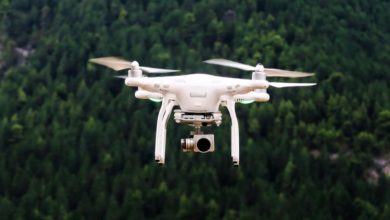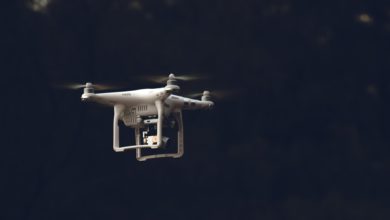
Drones Knowledge base
Parrot Feeding – Where is the ‘Crop’ in Your Parrot?
The physical makeup of a parrot regarding its feeding is controlled by an organ called the ‘crop’. Feeding a parrot is not just a matter of putting food in the cage and letting the parrot do its own thing, it is a matter of observing the amount it eats each day and how the bird is reacting to food. The health of a parrot can be greatly affected if there is no understanding of the role of the crop in the feeding process.
Purpose Of The Crop.
Having a crop as part of the digestive track, the parrot can gorge on food when it is available and then sit back and digest the food at a later stage. This works in that the first food being eaten goes through to the gizzard and then when that is full the following food goes to the crop, acting like a second ‘stomach’.
The crop is a small bag of skin surrounded by muscles and situated approximately half way down the esophagus on the way to the gizzard (stomach). The crop allows the parrot to store extra food that it has found. When the stomach is empty the muscles surrounding the crop move the food up to the opening of the crop and then down into the stomach. This system works well for birds who cannot always find food available when they are hungry.
The crop needs to be emptied at least once a day so that food does not remain there and go rancid. If the food is not emptied each day there is the risk of food spoilage and this then causes ‘sour crop’ which is a very dangerous health risk for a parrot. This is why it is a good idea to feed a parrot with two meals a day and with only a few nibbles in between.
From the outside of the parrot the crop can be felt behind the breast feathers. This is handy to know because if you ever wonder if the parrot has had food you can actually feel the crop and if it is full it will feel like a little bag of food. If the bird has been eating grains it will feel quite gravelly, but if it has been eating fruit it may not feel so lumpy. The crop should never be so full that it feels hard, it should always feel a little soft.
Hand-Feeding Baby Parrots.
Hand-feeding of baby parrots needs extra care because their crop will extend so much that it becomes hard and the skin stretches which will cause major problems at a later date as the muscles will have become weakened by this process. The process of hand-feeding a baby parrot is quite complicated and if you plan on doing this by raising baby parrots then take the time to research the proper feeding methods to ensure the safety of the baby parrot.
Bacterial Infection Causing Sour Crop.
Sour crop can also be caused by a bacterial infection which may not have anything to do with the amount of food that the parrot has eaten. It could be that some food it ate was infected or the existing bacteria in the crop, that is always present, has worsened through natural progression. This can be fixed by a visit to a vet who will flush the crop out and put the bird on some medication.
Parrot owners will feel so much more capable when they understand about the digestion of a parrot as it can cause major problems if not managed correctly.
Now: You might be wondering what to look for when choosing your drone. It’s easy: Right here, you will find the most important specs to look for. We’ve also included a drones knowledge base so that you can quickly learn the drones basics. Bada bing, bada boom — you’re almost ready for takeoff!


